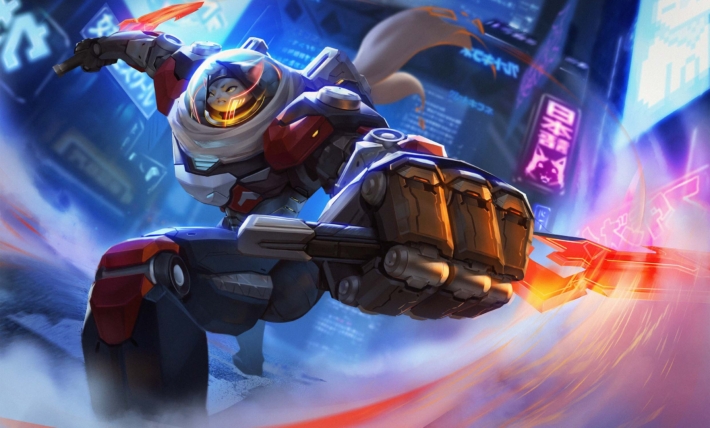
The future of Web3 games is in Web2. I know this might sound weird, particularly coming from someone who’s spent the last year building blockchain games. But hear me out.
The use of blockchain in play-to-earn (P2E) games is overrated. Nowadays, there’s a blockchain-based solution for everything: blockchain-based payments; blockchain-based user accounts, blockchain-based onboarding, and more. But when we look at the end user’s experience of any of these solutions, is any blockchain-based platform better than its non-blockchain-based counterpart? More often than not, the answer is no.
The lack of high-quality user experience is amplified in the world of P2E, where Web3 games are at least ten years behind their Web2 competitors in terms of graphics, mechanics, and playability. Web3 games are notorious for not being very fun to play – a fact that Web2 gamers take great issue with.
Often, the poor user experience that P2E games offer are viewed as a tradeoff for the secure ownership and interoperability enabled by blockchain-based in-game economies. But are these things worth the tradeoff? Again, I’d argue that the answer – for most users – is no.
First of all, when it comes to interoperability, the reality of what’s possible right now is quite different from the vision of in-game items and currencies that can be ported across worlds. At this moment in time, it’s not even possible for in-game items to be transferred between games made by the same studio, let alone those that aren’t.
As for secure ownership of in-game items and currencies, most gamers ultimately do not care where their assets are stored, so long as they have reliable access to them. And while blockchains allow people to “bank” their assets themselves, some users might even prefer to have a centralized authority keep track of them.
This isn’t to say that blockchain should permanently disappear from the P2E world – I don’t think we need to throw the Web3 baby with the P2E bathwater. But if we want to take the blockchain gaming ecosystem to the next level, we need to build games that people really want to play. And while this will be possible with blockchains one day, it will take at least a few years.
Therefore, the best and most immediate solution for creating P2E games that are secure and fun to play is to use as much Web2 tech as possible – and only to use blockchain when and where it really is the best solution. If blockchain-based ownership and interoperability enhances the gaming experience, so be it. And in the future, when blockchains are ready to support rich gaming ecosystems that could rival the likes of World of Warcraft and Minecraft, these games can migrate completely into Web3.
But until then, building the best possible P2E games means using the best possible resources we have at hand, and it just so happens that Web2 games are rife with these resources.
Want more? Connect with NFT Plazas
Join the Weekly Newsletter
Join our Discord
Follow us on Twitter
Like us on Facebook
Follow us on Instagram
Image Credit: Zelda: Breath of the Wild
*All investment/financial opinions expressed by NFT Plazas are from the personal research and experience of our site moderators and are intended as educational material only. Individuals are required to fully research any product prior to making any kind of investment.

Corey Wilton is the co-founder of Pegaxy, a play-to-earn racing game with futuristic mythological styling.
The post Is Blockchain Hindering Play-to-Earn? appeared first on NFT Plazas.

